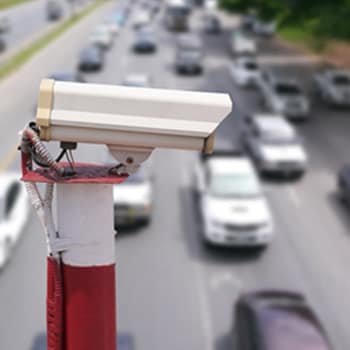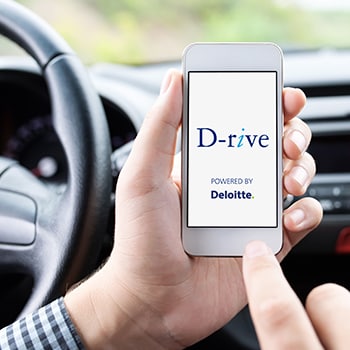Case studies
Someday, “drivers” will get comfortable behind nonexistent steering wheels, tell their cars where they want to go, and let lasers, sensors, and global positioning systems take over. For now, though, humans are still in charge. And humans are fallible. They drive aggressively. Get tired. Jam city streets.
Until driverless cars are bug-free, affordable, and widespread, Deloitte is using ambient computing technology to help make driving safer and less frustrating.
“Ambient computing is the backdrop of sensors, devices, intelligence, and agents that puts the Internet of Things to work,” explains Royston Seaward, partner, Deloitte Digital practice in Deloitte UK. “We’re using the sensor data and the connected devices that are out there, applying analytics, and developing solutions that are designed to benefit consumers, clients, and society at large.”
Deloitte Digital in the UK has been working with clients to establish real-time analytics tools that give traffic managers the information they need to keep traffic moving. These tools are built to understand dynamic changes in traffic flows by mode. With the information they provide, traffic managers can make timely interventions to improve journey time reliability and alleviate congestion.
These tools build on current sensor capability provided by cameras, counter sites, and strategically placed adaptive traffic control system loops. Data from millions of vehicle captures per day is processed continuously to provide a holistic view of the traffic network. Data also can be compared with vehicle databases, providing new insights into vehicle journeys.
“Our tools have intuitive and simple-to-use graphical formats to give clients a real-time view of traffic,” explains Simon Dixon, Deloitte UK Public Sector Transport leader. “This is helpful during large sporting events, for example, and especially critical when trying to minimize the potential congestion caused by major construction projects.”
Deloitte UK teams also are working with clients to develop and install digital devices in public vehicles that monitor driving time and other measurements, protecting passengers and the public by making sure that their drivers meet safety regulations. They are also designed to help eliminate the potential for fraud and errors.




